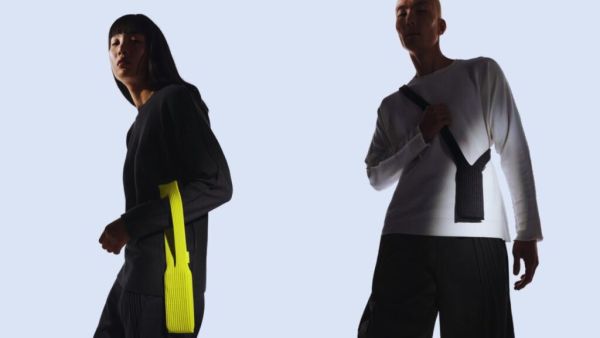Earlier this year, Xiaomi CEO Lei Jun bought three Tesla Model Ys—not to drive, but to dismantle them piece by piece. In a bold bid to decode the engineering secrets behind Elon Musk’s bestselling electric SUV, Lei and his team meticulously studied every component. Speaking to a packed audience at the Beijing National Convention Center this week, the 55-year-old revealed that the teardown was central to developing Xiaomi’s upcoming rival, the YU7 SUV.
"We bought three Model Ys at the start of this year, disassembling the parts one by one, and studied every component, one at a time," Lei told attendees, with side-by-side images of both vehicles projected behind him. The exhaustive analysis paid off: Xiaomi's YU7 racked up over 240,000 preorders within 24 hours of launching in June.
Lei described the Model Y as “very, very outstanding,” even admitting that those who choose not to buy the YU7 could confidently go for Tesla’s SUV. Yet, he maintained that Xiaomi’s YU7 rivals—or even surpasses—the Model Y in interior space and battery performance, all while offering a more competitive price in a market where every yuan matters.
The teardown strategy underscores the brutal competition Tesla faces in its second-largest market. Sales in China slipped 4% in August to 83,200 vehicles, pressured by aggressive local players like Xiaomi, Xpeng, and Nio undercutting on price. Around 50% of new cars sold in China are now electric, compared to just 10% in the US.
Dismantling competitors' vehicles is standard practice across the auto industry. Ford CEO Jim Farley called his own Tesla teardown "shocking," discovering his Mustang Mach-E carried 1.6 kilometers more wiring than Tesla's models—excess weight that drove up battery costs and dimmed Ford's competitive edge.
"We bought three Model Ys at the start of this year, disassembling the parts one by one, and studied every component, one at a time," Lei told attendees, with side-by-side images of both vehicles projected behind him. The exhaustive analysis paid off: Xiaomi's YU7 racked up over 240,000 preorders within 24 hours of launching in June.
Lei described the Model Y as “very, very outstanding,” even admitting that those who choose not to buy the YU7 could confidently go for Tesla’s SUV. Yet, he maintained that Xiaomi’s YU7 rivals—or even surpasses—the Model Y in interior space and battery performance, all while offering a more competitive price in a market where every yuan matters.
The teardown strategy underscores the brutal competition Tesla faces in its second-largest market. Sales in China slipped 4% in August to 83,200 vehicles, pressured by aggressive local players like Xiaomi, Xpeng, and Nio undercutting on price. Around 50% of new cars sold in China are now electric, compared to just 10% in the US.
Dismantling competitors' vehicles is standard practice across the auto industry. Ford CEO Jim Farley called his own Tesla teardown "shocking," discovering his Mustang Mach-E carried 1.6 kilometers more wiring than Tesla's models—excess weight that drove up battery costs and dimmed Ford's competitive edge.





